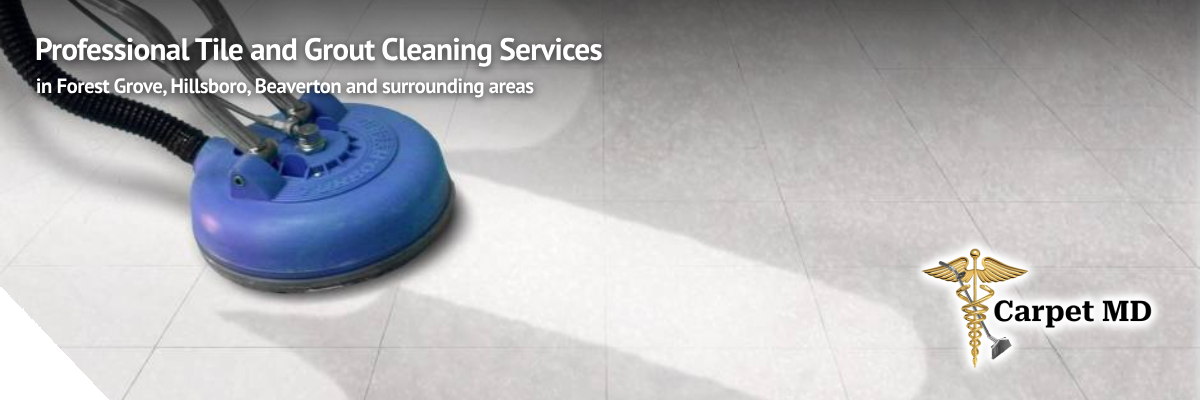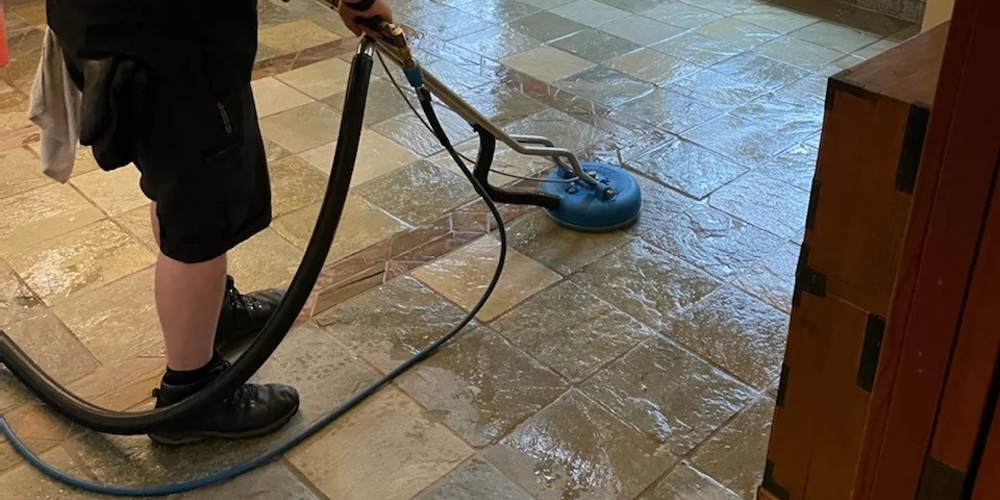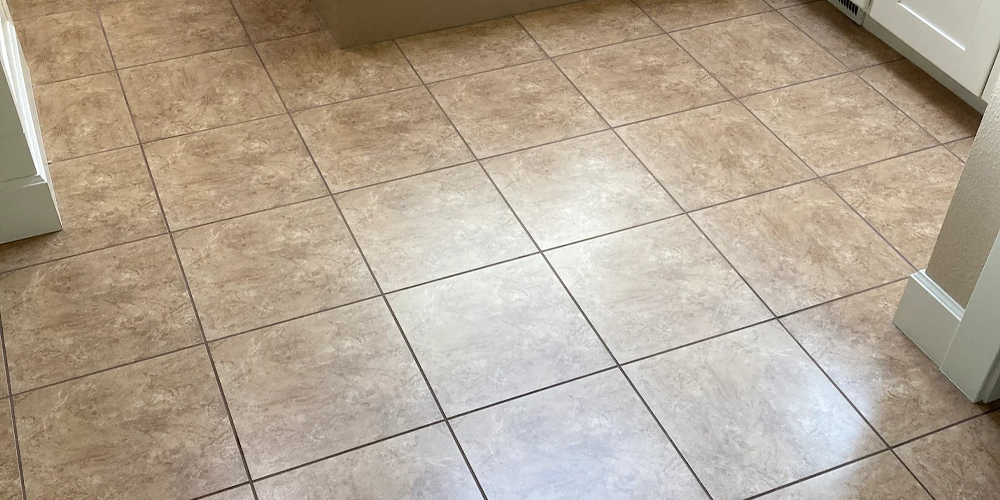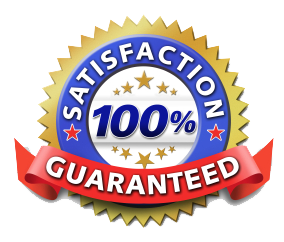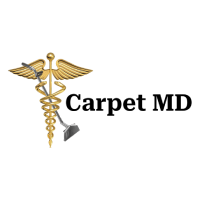Frequently Asked Questions
Can I use a steam cleaner on tile and grout?
Using a steam cleaner on tile and grout is generally safe and effective. However, it’s essential to ensure that the steam cleaner is suitable for your specific tile type and that grout is not overly damaged, as excessive heat can weaken it.
How do I remove dirt from tile grout lines?
Removing dirt from tile grout lines can be achieved effectively with a few simple steps. Start by using a mixture of baking soda and water to create a paste, then apply it to the grout lines. Scrub gently with a brush, rinse with water, and enjoy cleaner grout!
How do I get rid of grout haze on tile?
Getting rid of grout haze on tile involves using a mixture of vinegar and water or a specialized grout haze remover. Apply the solution, scrub gently with a non-abrasive pad, and rinse thoroughly for a clean finish.
How do I deep clean my tile and grout floors?
Deep cleaning your tile and grout floors involves several steps for optimal results. Start by sweeping or vacuuming to remove loose dirt, then apply a pH-neutral cleaner or a mixture of vinegar and water. Scrub the grout lines with a brush, rinse thoroughly, and dry the area to prevent mold growth. For tough stains, consider professional services like Carpet MD for a deep, thorough clean.
What are the best tile and grout cleaning products?
The best tile and grout cleaning products include eco-friendly cleaners that effectively remove stains and dirt without harsh chemicals. Look for pH-balanced solutions, steam cleaners, and specialized grout sealants to maintain the cleanliness and longevity of your surfaces.
What are the benefits of tile and grout restoration?
The benefits of tile and grout restoration include enhanced cleanliness, improved indoor air quality, and increased lifespan of your surfaces. Professional restoration effectively removes stains and grime, revitalizing the appearance of your tile while ensuring a healthier environment for your home or business.
How often should I clean my tile and grout floors?
The frequency of cleaning your tile and grout floors depends on usage and traffic. Generally, it's recommended to clean them every 6 to 12 months to maintain their appearance and hygiene, especially in high-traffic areas.
How do I clean tile grout in a kitchen?
Cleaning tile grout in a kitchen involves using a mixture of baking soda and vinegar or a specialized grout cleaner. Apply the solution, scrub with a brush, and rinse thoroughly for a fresh, clean appearance.
Can I use bleach to clean my tile grout?
Using bleach to clean tile grout is not recommended. While it may effectively whiten grout, it can damage the surface and create harmful fumes. Instead, consider professional cleaning solutions that are safer and more effective for maintaining your grout's integrity.
Can I use a pressure washer for tile and grout cleaning?
Using a pressure washer for tile and grout cleaning is not recommended. While it may seem effective, the high pressure can damage the grout and tiles, leading to costly repairs. Professional cleaning methods are safer and more effective for maintaining your surfaces.
How do I seal tile grout for easier cleaning?
Sealing tile grout for easier cleaning involves applying a high-quality grout sealer after thoroughly cleaning the grout lines. This protective layer helps prevent stains and moisture absorption, making routine cleaning more efficient and maintaining the appearance of your tile surfaces.
How do I maintain clean tile and grout floors daily?
Maintaining clean tile and grout floors daily involves regular sweeping or vacuuming to remove dirt and debris, followed by mopping with a mild, eco-friendly cleaner. This routine helps prevent stains and buildup, ensuring your surfaces remain fresh and hygienic.
What is the best way to clean tile grout in shower?
The best way to clean tile grout in the shower involves using a mixture of baking soda and vinegar or a specialized grout cleaner. Apply the solution, let it sit, then scrub with a brush for effective stain removal and a refreshed look.
What are the steps for DIY tile and grout cleaning?
The steps for DIY tile and grout cleaning include: first, sweep or vacuum the area to remove loose dirt; then, mix a solution of warm water and a suitable cleaner; apply it to the tiles and grout, scrub with a brush, and rinse thoroughly.
Can I clean tile and grout with baking soda?
Cleaning tile and grout with baking soda is possible and can be effective for light stains and dirt. However, for deeper cleaning and optimal results, professional services like those offered by Carpet MD are recommended.
How do I remove old grout from tile floors?
Removing old grout from tile floors involves using a grout removal tool or a rotary tool with a grout bit to carefully chip away the old grout. Ensure to take your time to avoid damaging the tiles.
Can I use vinegar to clean tile and grout?
Vinegar can be used to clean tile and grout, but it’s important to use it cautiously. While it may help remove some stains, its acidity can damage grout over time, so professional cleaning is often a safer and more effective option.
What are the benefits of professional tile and grout cleaning?
The benefits of professional tile and grout cleaning include enhanced cleanliness, improved indoor air quality, effective stain removal, and the use of eco-friendly products. This service not only revitalizes your surfaces but also promotes a healthier living environment for you and your family.
How do I prevent mold growth on tile and grout?
Preventing mold growth on tile and grout involves maintaining a dry environment and regular cleaning. Ensure proper ventilation, promptly address spills, and use a pH-neutral cleaner to inhibit mold development. Regular professional cleaning can further enhance mold prevention.
What is the best tile and grout cleaning solution?
The best tile and grout cleaning solution involves using eco-friendly products that effectively remove dirt and stains while being safe for your home. Professional services like Carpet MD utilize advanced techniques to ensure optimal cleanliness and health benefits.
